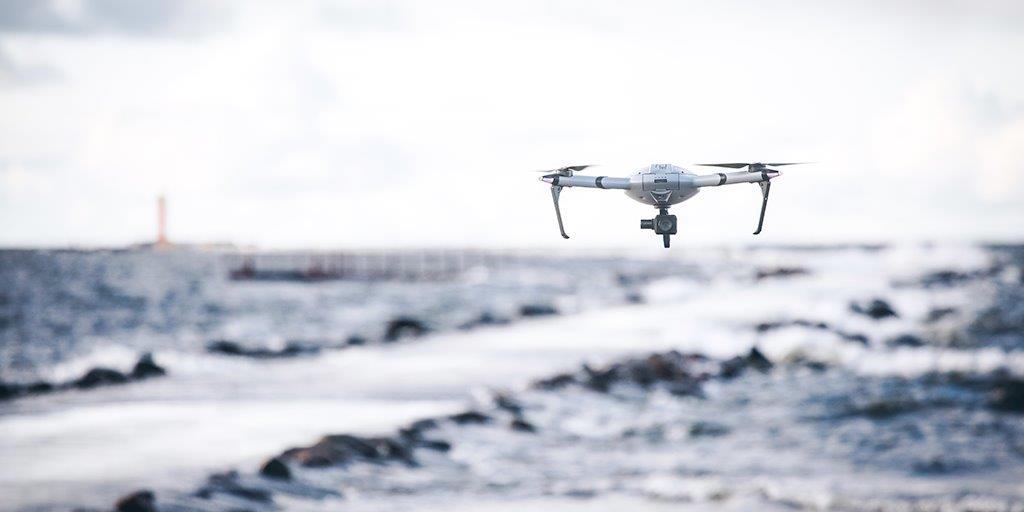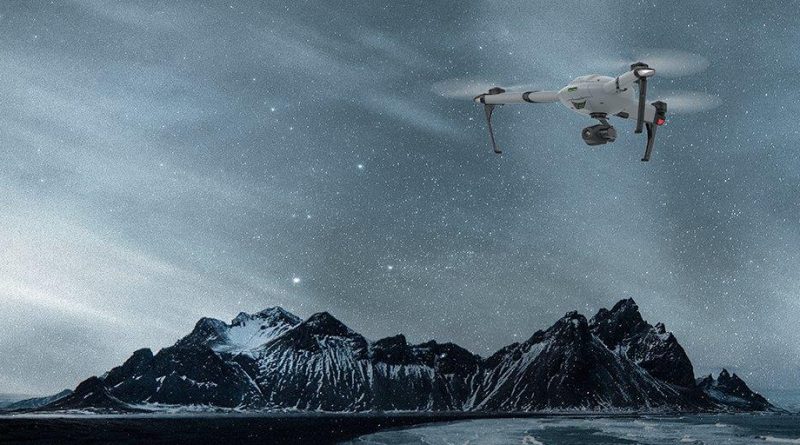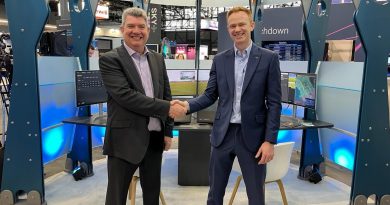Interview with Atlas Chief Executive Officer Ivan Tolchinsky
What inspired you to work with Atlas, and what sets your company apart from others in the industry?
The main thing about it was that before Atlas people ignored me and my ideas because at that stage it was too ambitious, or I was too young. One of my ideas was that high-level technology must become an everyday tool. Drones needed to become cheaper and more widely used. But when I introduced my idea, I was blocked by management. That’s why I made the decision to leave.
And the main differences from others – I did not start Atlas because it’s cool to have a startup. It’s about product passion. I want to deliver the best product that meets the largest number of customers, meets their problems, and meets the use case in the best price range. We do not care about the stock price or need to tell a story to our investors about the future cloud. It’s only about the satisfaction of our customers.
What are some of the biggest challenges you have faced in growing your company, and how have you overcome them?
It’s people. Firstly, you must hire people who care about the product and the company and are talented enough to compete with other companies. And they must be 400% better than others because you have much smaller budgets than others in this market. Then when you move from the startup stage to the company stage, it’s a process. So you have to define the process, but you don’t want to kill your engineers and other people with it. So you are looking for balance where on one hand, people can stay creative, but on the other hand you can keep the team within some rules and conditions.
How do you see the drone industry evolving in the next 5 years, and how is Atlas positioning itself to take advantage of these changes?
We started much before it was an industry. We understand the future goals and our missions. It took a long way to prove that we were right. The future of drones is fully autonomous systems able to solve and make decisions by themselves. I think it will become one of the biggest industries in the near future. We still believe in our mission and hope in a few years we will be the biggest producer of the autonomous system in the world.
Can you list some specific industries or applications that regularly benefit from use of Atlas systems and what are some of the most innovative or exciting uses of drones that your company has been involved in recently?
The first thing is MESH. We were the first company to demonstrate and integrate all our products’ capabilities into the MESH system. Many of our customers use it for mapping or rescue and others for missions. It can save our customers time and money to use multiple drones with a single operator. Second, it fully integrates the entire command system. The drone supports encryption, maps, and other features were dedicated to military use. An interesting use case was what we developed together with Norwegian rescue teams. Avalanche sensors could detect people under up to 15 meters of snow.
What inspired Atlas to produce the product, Atlas Pro, for mountain rescue missions?
The rescue missions are one of our favorites and a high priority for us. From a business perspective, a lot of our rescue missions are made without a margin. But this connects to the company’s main idea, and it’s a good and fast example when you want to show how new technologies help and save people’s lives. It is a great pleasure to help people, and we think one saved life is worth more than the company margin. Regarding the avalanche sensors, our partner from Norway told us that it would be a good idea and that they are using helicopters for this, which makes it very expensive. The drone can make it much easier, cheaper, and more affordable for many users. It was a big challenge for the team, and it took double the time, but in the end, we succeeded.
How does Atlas stay on top of the latest advancements in drone technology and incorporate them into your products?
We always balance mass production and innovation. A mass-produced product requires a long test period and deep production integration. We have an R&D team who always make and maintain the best technologies. They play with all the latest hardware, making prototypes. When we feel comfortable with it, we start the integration process to mass production. But the technology must be robust and safe before we do it because the customer will never forget a bad experience.
What are some of the regulatory challenges facing the drone industry, and how is Atlas working to navigate them?
It’s always a challenge… First was explaining why you need this kind of technology. It was a long way to prove that drones will be a big industry. Then there were the regulation problems. In some countries it’s still hard, and in some it has become very easy, but at the beginning, the regulation rules that were applied for small drones in the industry were the same as for helicopters. Here we also try to explain to the government why it’s important to reduce the regulation rules and how the systems every year become safer. The biggest one is technology. You must always be on the edge of technology.
Can you speak to any partnerships or collaborations your company has established within the industry? How is Atlas involved in helping the industry progress and educating others?
The main problems for this market and new companies are its components, such as radios, cameras, etc., because the main things needed to make a good product are components, quality, and price. Currently there aren’t too many choices on the market. So we provide our electronics and other components to other small companies and help them with integration. We take into consideration that how at the beginning stages it’s very important to them.
Personally, and professionally, what are you most looking forward to over the next five years?
I want my company to succeed and become one of the leaders in this field and in autonomy technologies. Now is the time we need to realise new products and create new technologies which will push us to future goals. For myself, I want to move to a new area of space technologies. I don’t know if it will be part of Atlas or if it will be a new company. But I think it will happen.
What advice do you have for newcomers to the industry?
Don’t make partial solutions. The customer always needs a full solution. Don’t spend time making new autopilots or software. The problem now is that people expect to get a full product. The only way you can make a good product is if you control everything and make it on your own. The product must look good, smell good, and work good. That’s why we need to think from the user’s perspective, not just for technology. I meet a lot of smart people who have great technology, but they don’t have customers because they design for technology not for users. A good example is our NEST. When I got the first design, I was very angry at the engineering team. It was huge, massive and with very high-power consumption. From an engineering perspective, it was good, but it was bad for the end user. I told them to change it to a size that can fit into an elevator, to a weight that can be carried by two people, and to regular home power consumption levels. Always think about the end user!
To learn more about Atlas UAS visit: https://www.atlasuas.com/





